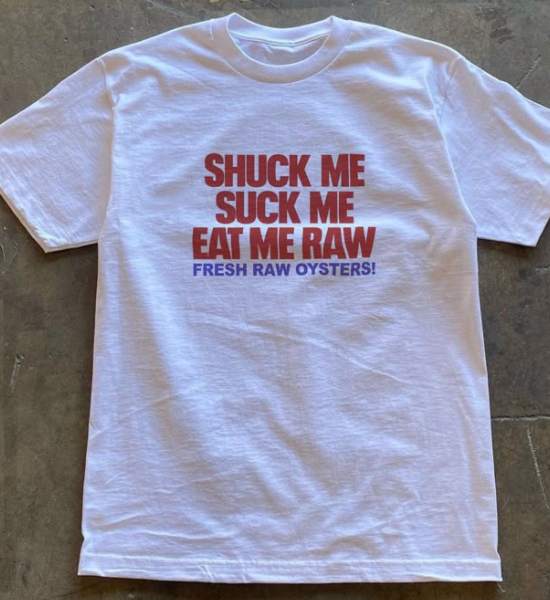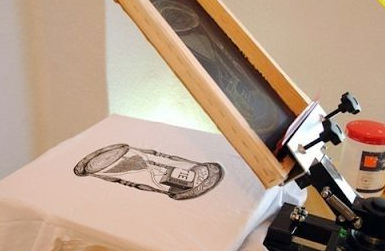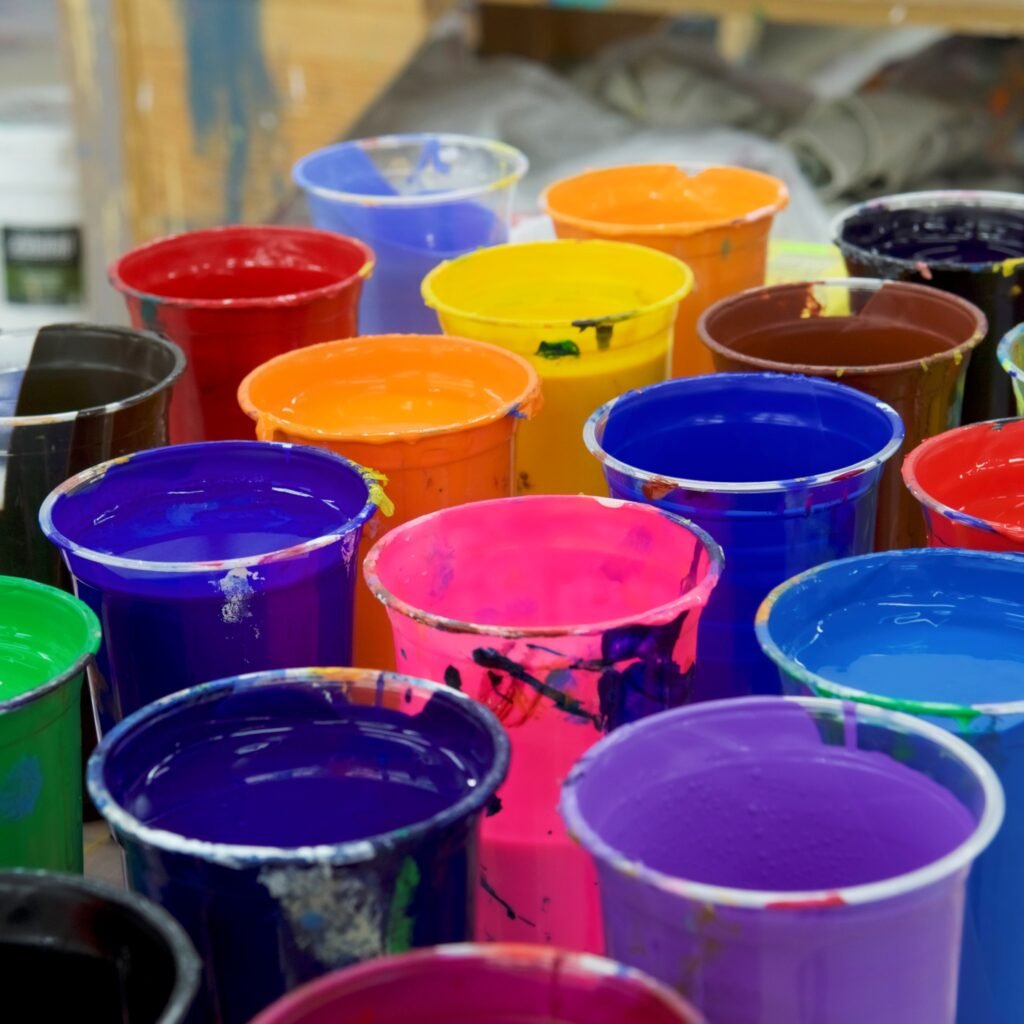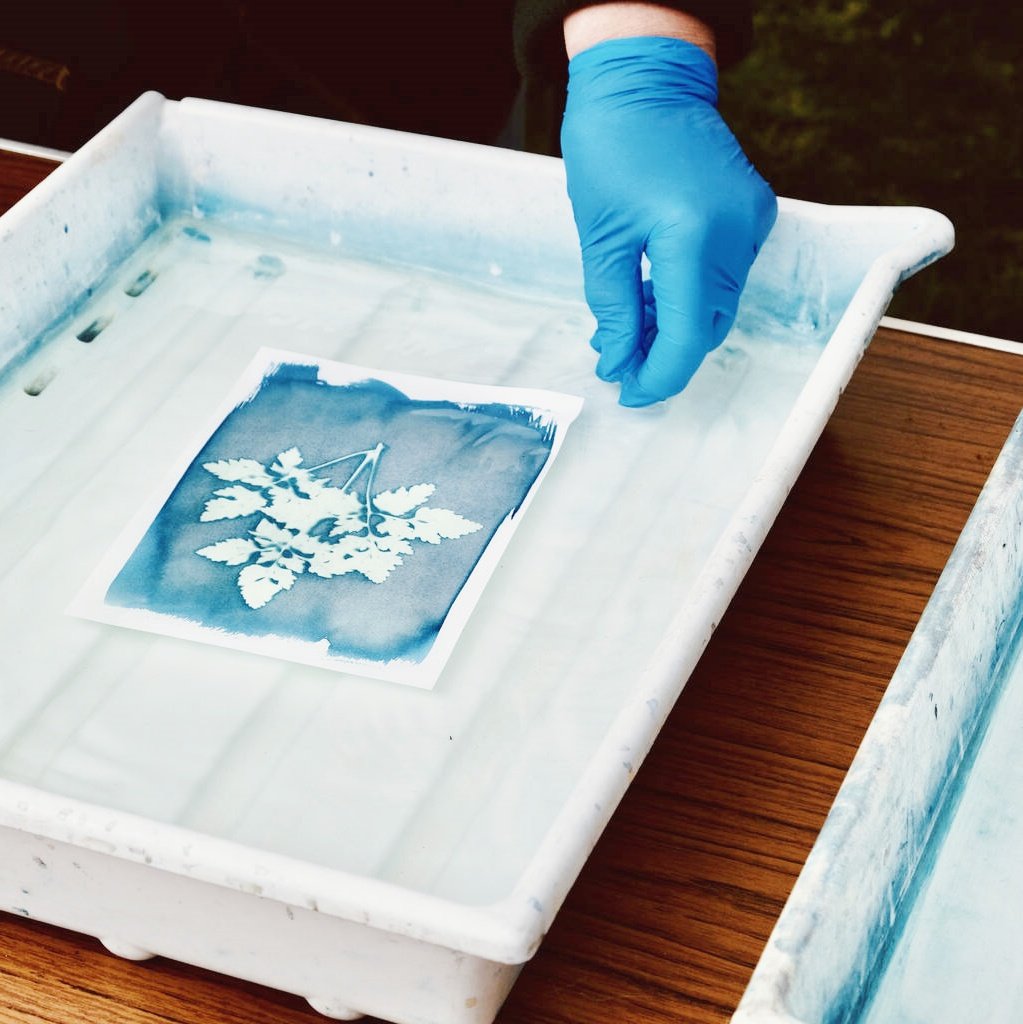Table des matières
Encre plastisol haute densité : une révolution en sérigraphie
Encre plastisol haute densité révolutionne le monde de la sérigraphie. Cette encre épaisse et résistante vous permet de réaliser conceptions 3D, couleurs viveset des impressions qui durent des années. Voyons comment ça marche et pourquoi vous devriez l'essayer !
Qu'est-ce que l'encre plastisol haute densité ?
Encre plastisol haute densité est une encre spéciale utilisée dans sérigraphieIl est composé de :
- résine PVC (un type de plastique).
- Plastifiants (huiles qui rendent l'encre douce).
- Additifs (pour le rendre épais et solide).
Lorsqu'elle est chauffée, cette encre durcit en un conception en relief vous pouvez le sentir avec vos doigts. Des marques comme Wilflex Quantum HD et Série d'encres FN Xenon créer des versions populaires de cette encre.

Les 5 principales raisons d'utiliser l'encre plastisol haute densité
- Texture 3D: Crée des designs sortir comme un autocollant.
- Couleurs vives: Reste vibrant sur chemises noires et des tissus sombres.
- Durabilité: Ne se fissure pas, ne se décolore pas et ne pèle pas après le lavage.
- Fonctionne sur de nombreux matériaux:Utilisez-le sur du coton, du polyester, des sacs, des tasses et plus encore.
- Rentable: Permet d'économiser de l'argent car les impressions durent plus longtemps.
Comment utiliser l'encre plastisol haute densité
Les outils dont vous avez besoin:
- A écran avec 110 à 160 mailles.
- A raclette (pour pousser l'encre à travers l'écran).
- A séchoir flash (pour chauffer et durcir l'encre).
Guide étape par étape:
- Préparer l'écran:
- Utiliser une émulsion épaisse.
- Gardez l’écran légèrement au-dessus du tissu.
- Imprimer le design:
- Appliquez l'encre 2 à 3 fois.
- Utilisez le séchoir flash entre les couches.
- Soigner l'encre:
- Chaleur à 320°F pour 45 à 60 secondes.
Conseil de pro: Des machines comme Équipement d'impression M&R donner les meilleurs résultats.
Plastisol haute densité vs autres encres
| Type d'encre | Idéal pour | Le pire pour |
|---|---|---|
| Plastisol haute densité | Textures 3D, logos audacieux | Projets écologiques |
| Encre à base d'eau | Des designs doux et légers | Tissus foncés |
| Encre de décharge | Look vintage et délavé | Matériaux en polyester |
Exemple: Choisir plastisol haute densité pour les chapeaux ou les chemises avec logos en relief.
Résolution des problèmes courants
| Problème | Solution |
|---|---|
| Fissuration | Durcit plus longtemps à 320°F |
| Décoloration | Ajouter agents à faible saignement |
| L'encre ne colle pas | Nettoyez d'abord le tissu |
Outil à essayer: Rutland EVO les additifs aident à prévenir les saignements.
Encres écologiques haute densité
Les encres plus récentes sont plus sûres pour les personnes et la planète :
- Sans phtalates options (comme MagnaColours).
- Suivre Oeko-Tex Standard 100 (sans danger pour le contact avec la peau).
Conseil:Recyclez les écrans et les contenants d’encre pour réduire les déchets.
Exemples concrets
- Nike:Utilise de l'encre 3D sur les maillots de sport pour la texture.
- Adidas:Fabrique des chemises en édition limitée avec logos en relief.
- Artistes: Créez des œuvres d'art de galerie avec conceptions tactiles.
Événement:Voir les nouvelles encres sur IMPRESSION United Expo.

Tendances futures
- Encres hybrides: Mélangez du plastisol avec des encres à base d'eau pour plus de douceur et de durabilité.
- Outils numériques: Logiciel comme AccuRIP aide à concevoir des motifs précis.
Devriez-vous essayer l’encre plastisol haute densité ?
Oui si tu veux:
- Des designs qui ressortir.
- Des empreintes qui survivent 100+ lavages.
Commencez petit:Testez-le d'abord sur un échantillon de tissu !
FAQ
Puis-je utiliser cette encre sur du polyester ?
Oui ! Ajouter un agent à faible saignement pour empêcher les couleurs de se propager.
Puis-je imprimer des détails fins ?
Utiliser un Écran de plus de 160 mailles pour les lignes fines et les petits textes.
Comment réduire les déchets ?
Mesurez soigneusement l’encre et réutilisez les écrans.



